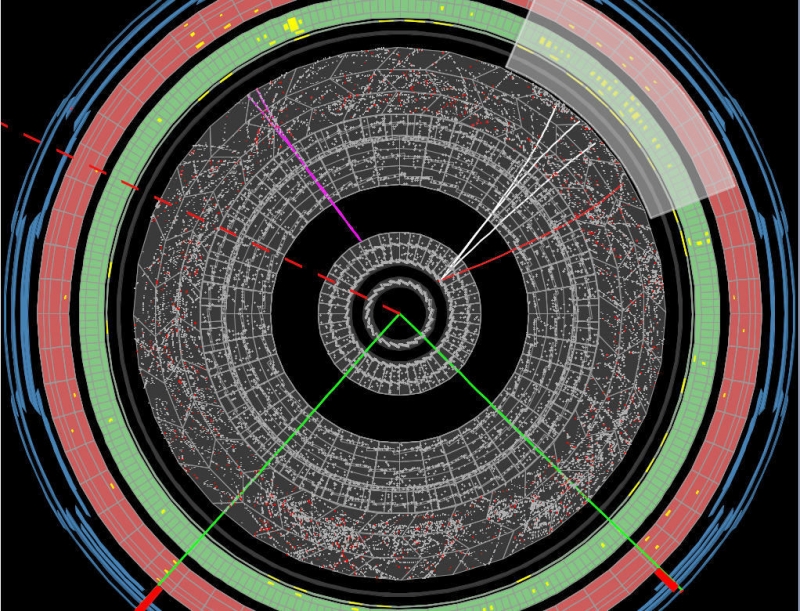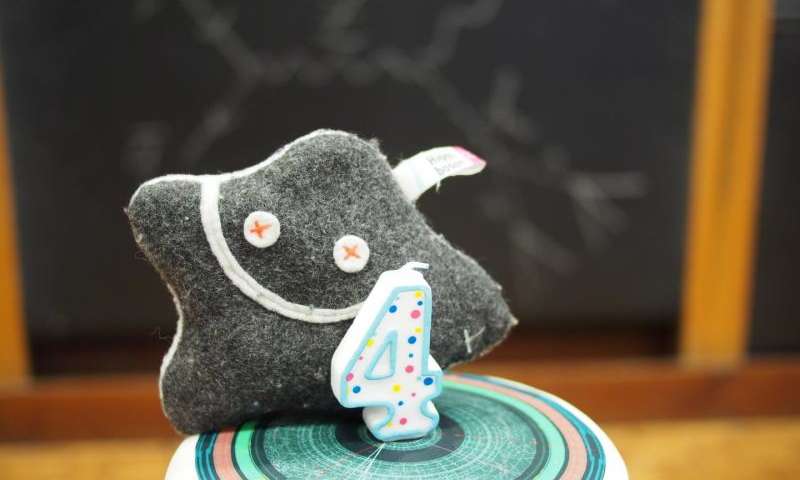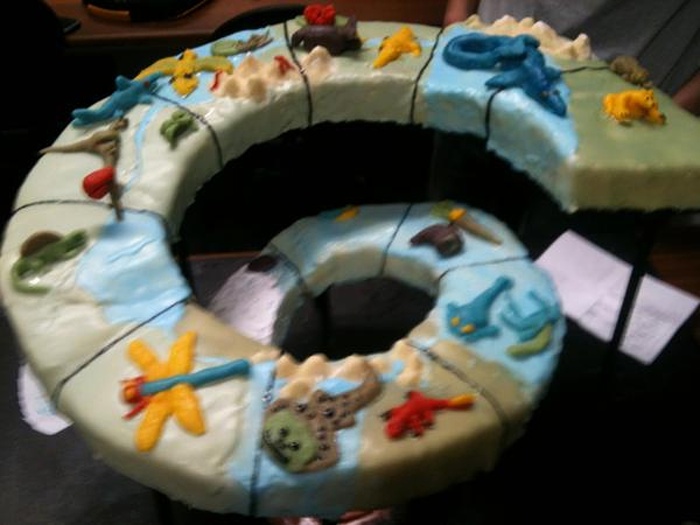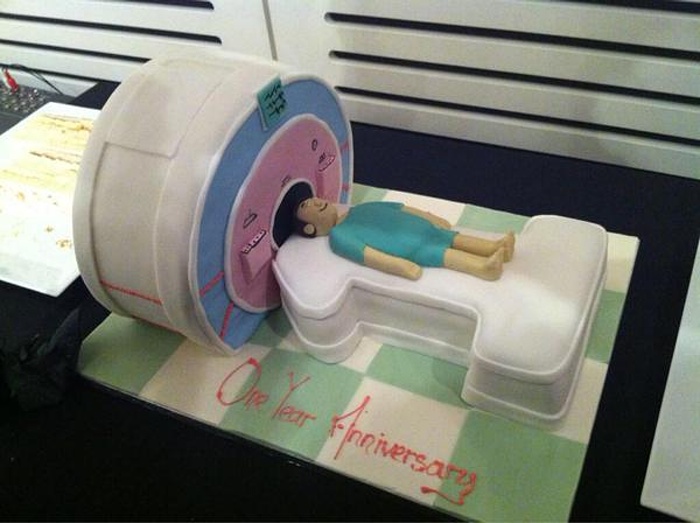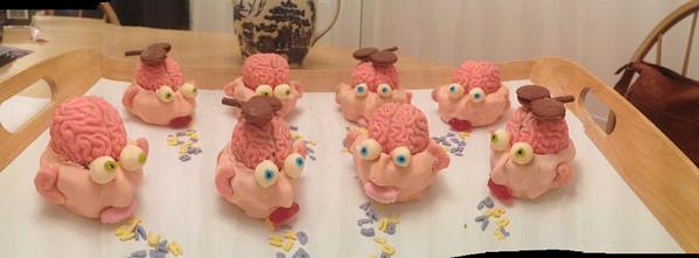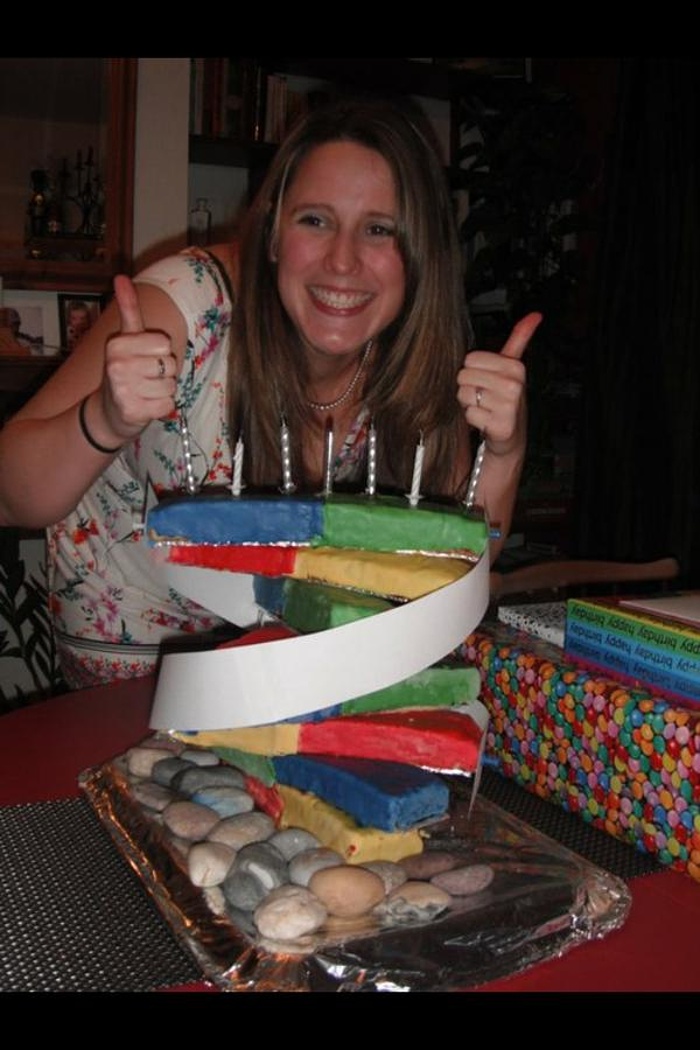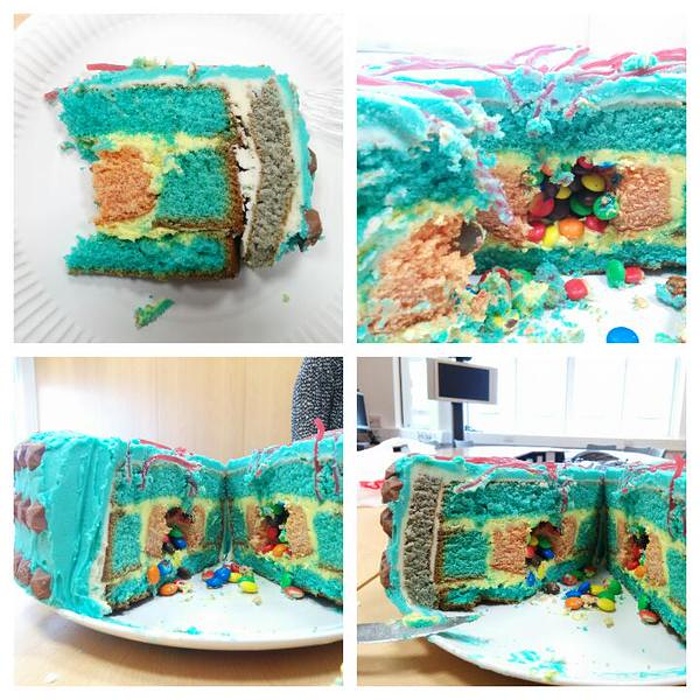I believe this is an April (?) 2024 newsletter and it’s definitely from Canada’s Perimeter Institute for Theoretical Physics (PI). Received via email, I was able to find this online copy (Note: I’m not sure how long this copy will remain online) and am excerpting a few items for inclusion here,
…
The current state of theoretical physics
Join the latest episode of Conversations at Perimeter as Neil Turok [director of the Perimeter Institute, 2008 – 2019] delves into the intriguing topic of the simplicity of nature.
Public Lecture – May 8 [2024]
Free tickets to attend the event in person will be available on Monday, April 22, at 9:00 AM EDT. Live-stream will also be available on the PI YouTube channel.
…
Quantum Lectures playlist
Explore quantum physics with our YouTube Quantum Lectures playlist. Discover the universe’s secrets from basics to advanced topics
…
I found this poster for the free May 8, 2024 PI event,
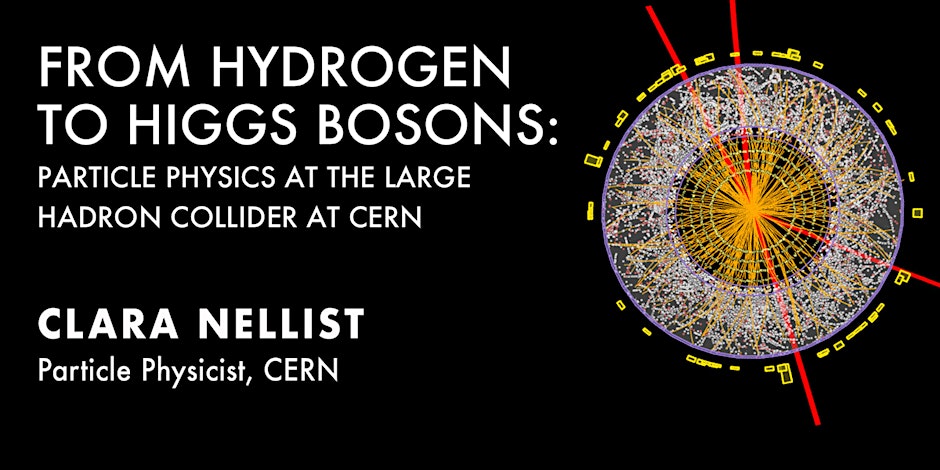
It (the May 8, 2024 PI hybrid [live or streaming] event) may be of more interest than usual as Peter Higgs of the Higgs Boson died on April 8, 2024, from the Hydrogen to Higgs Boson: Particle Physics at the Large Hadron Collider eventbrite webpage,
Hydrogen to Higgs Boson: Particle Physics at the Large Hadron Collider
Explore particle physics with Dr. Clara Nellist at the Perimeter Institute on May 8, as she discusses CERN’s groundbreaking research.
Date and time
Starts on Wednesday, May 8 [2024] · 6pm EDT
Location
Perimeter Institute for Theoretical Physics
31 Caroline Street North Waterloo, ON N2L 2Y5
…Agenda
6:00 p.m.
Doors Open
Perimeter’s main floor will be open for ticket holders, with scientists available to answer science questions until the show begins.
7:00 p.m. – 8:00 p.m.
Public Lecture
The public lecture will begin at 7:00pm, including a live stream for virtual attendees. This will include a full presentation as well as a Q&A session.
8:00 p.m. – 8:30 p.m.
Post-Event Discussion
Following the lecture, discussion will continue in the atrium, where you can ask questions to the presenter as well as other researchers in the crowd.
About this event
About the Speaker:
Dr Clara Nellist – Particle Physicist and Science Communicator, is currently working at CERN [European Organization for Nuclear Research] on the ATLAS experiment, with research focusing on top quarks and searching for dark matter with machine learning. Learn more about her work on her Instagram here.
About the Event:
Registration to attend the event in person will be available on Monday, April 22 at 9:00 AM EDT.
Tickets for this event are 100% free. [emphasis mine] As always, our public lectures are live-streamed in real-time on our YouTube channel – available here: https://www.youtube.com/@PIOutreach
…
The existence of the Higgs boson was confirmed (or as close to confirmed as scientists will get) in 2012 (see my July 4, 2012 posting “Tears of joy as physicists announce they’re pretty sure they found the Higgs Boson” for an account of the event. Peter Higgs and and François Englert were awarded the 2013 Nobel Prize in Physics.
If you are planning to attend the lecture in person, free tickets will be made available on Monday, April 22, at 9:00 AM EDT. Go here and, remember, these tickets go quickly.
